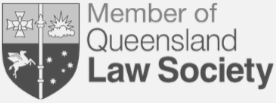Scientists can now make eggs and sperm: Nature journal
U.S. researchers have found a way to coax human embryonic stem cells to turn into the types of cells that make eggs and sperm, shedding light on a stage of early human development that has not been fully understood.
The findings could lead to new understanding of inherited diseases and transform treatments for infertility, they said.
“We are really trying to look at the origins of normal and abnormal human development by going to the source,” said Dr. Renee Riejo Pera of Stanford University in California, whose study appears in the journal Nature.
For the detailed article from Reuters, click here.
So far as the law is concerned, the law is having great trouble keeping up with how science now enables babies to be made. If a child is able to be conceived following these advances, there will be many great legal challenges to be overcome.












